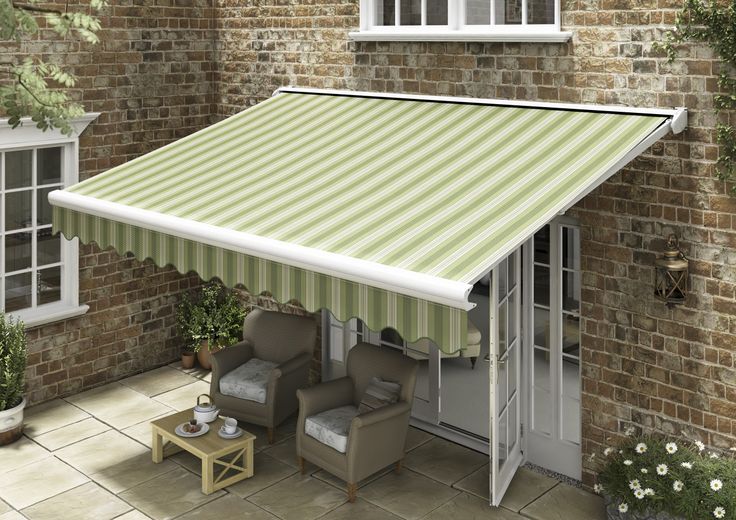
Most days in the UAE are bright and sunny, which is great, but it does cause certain problems for people using their outdoor areas. During frequent hot weather and very strong sunlight, choosing the right awning fabric is very important since standard fabrics quickly wear out. The fabric for an awning should manage the sun’s heat, protect from UV rays, look nice, and last for a long time in a challenging climate.
Selecting a fabric that can block sunlight is the most crucial thing when buying an awning in the UAE. Great-quality fabrics shield the area beneath or the fabric up to 99% from harmful ultraviolet rays, contributing to their safety from sun-related damage. The materials used for awnings have UV stabilizers, meaning they last much longer as they age.
In addition to shielding against UV rays, awning fabrics stand out by regulating heat. Because advanced fabrics are reflective, they remain much cooler under strong sunlight compared to ordinary materials. If your outdoor fabrics are not too hot, you can enjoy your patio even on the hottest afternoons.
Some awning fabrics have tiny holes designed to allow heat to pass out while still blocking the sun. By using these engineered products, heat is prevented from building up under fixed awnings on the patios of restaurants, terraces of hotels and the outdoor spots of homes. With small perforations, you still get the shade and UV protection, while enjoying more comfortable spaces in the summer.
Awning fabric must be incredibly durable due to the UAE’s high humidity, sporadic sandstorms, and intense sunlight. Soft fabrics produced from smoke-dyed acrylic are referred to as the ultimate because the color has spread within the threads, making them withstand fading much longer. Even when exposed to direct sunlight in the UAE for several years, the fabric on an awning stays vibrant.
Even though it rarely rains much in the UAE, the rain usually falls rapidly as strong storms rather than in gentle drizzles. This material is water-resistant yet still breathable. When water repellency is done properly, it ensures that water does not accumulate on the awning frame or hardware.
Fabrics that are both waterproof and allow ventilation are optimal since they stop damp air from creating mold in humid areas. While permeable materials let rain in, impermeable materials may make the patio unpleasantly hot during the day. Current hydrophobic applications provide water resistance by covering the fabric rather than clogging it, resulting in you being comfortable in all weather situations.
Beyond functional properties, awning fabric selection significantly impacts property aesthetics. Contemporary UAE architecture embraces clean lines and sophisticated color palettes that awnings should complement rather than compete with. Neutral tones like sand, taupe, and soft white remain perennially popular, reflecting traditional regional architectural influences while minimizing heat absorption.